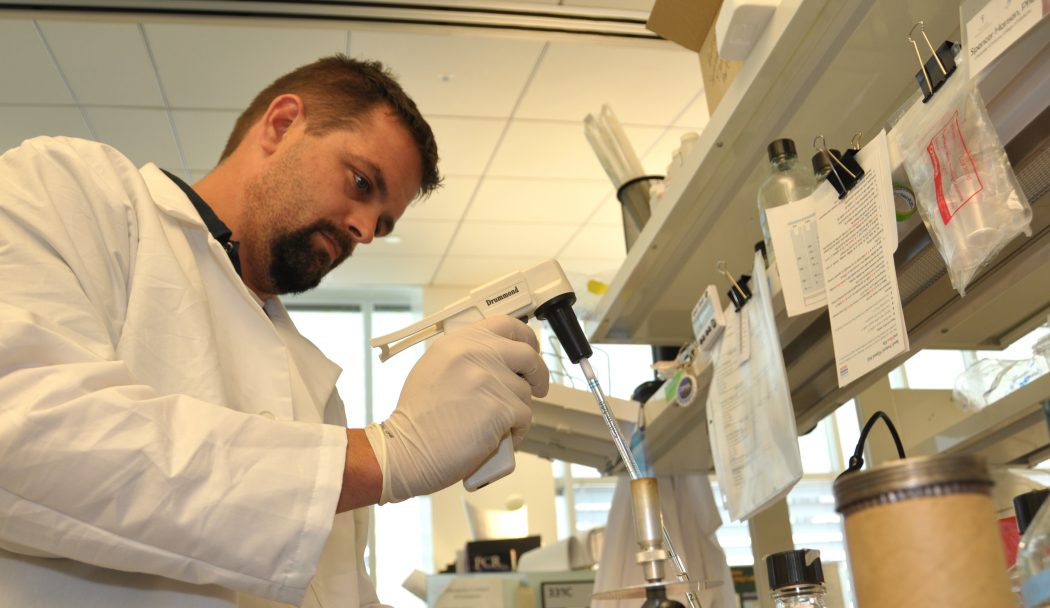Vaccines are among the most important inventions in medical history, having effectively eliminated conditions that caused innumerable deaths. In fact, vaccines are so important that all 50 U.S. states require that children be vaccinated in order to attend school (though exceptions exist) (NCSL 2020). In many ways, one could argue that vaccines have saved humankind from conditions that could have been its downfall. However, in recent years, the anti-vaccination movement has gained an alarming amount of traction. The situation has grown dire enough that conditions such as measles, which essentially disappeared years ago, have begun to appear again (CDC 2020). The prevalence of the “anti-vax” movement leads to reduced immunity not only in individuals, but also in entire populations due to a loss of herd immunity. On top of that, the movement puts infants and immune-compromised individuals at extreme risk. In an effort to better understand and combat the anti-vax movement, a study used the recent measles outbreak in Europe to collect information pertaining to vaccine coverage. The researchers argued that developing strategies to improve vaccination rates was incredibly important, and that it was necessary to better understand the reasons many chose not to vaccinate (Lo Vecchio et al. 2019). Their clear, concise goal was to uncover anti-vaxxer perspectives by analyzing pediatric immunizations via questionnaires, with their main prediction being that the outbreaks were due to low vaccination rates and parent hesitancy rather than issues such as drops in vaccine efficacy or actual vaccine-associated dangers.
Research Methods/Results
A standardized questionnaire was used to collect data on families utilizing certain Italian hospitals. Families missing MMR vaccinations were asked to anonymously report their reasons for lacking immunization, and they were also provided information about vaccines for measles and other conditions. The rate of vaccination for these children was 84.1% (for measles). Due to the vaccine’s imperfections, an estimated 77% were actually conferred immunity. The lack of vaccination was attributed to a few factors. Many families cited illnesses in their newborn children, and the parents of many older kids cited allergies to substances like eggs. Of all the responding families, 8% had valid concerns based in undesirable physiological consequences, with 92% avoiding vaccination due to some personal form of hesitancy or bias (Lo Vecchio et al. 2019). The researchers noted that although the low vaccination rates seemed to be due to hesitancy, they could have been attributed to families forgetting to schedule appointments or missing immunization opportunities. However, this potential flaw was largely addressed by the fact that medical professionals frequently offer to “catch up” those lacking vaccines during outbreaks. As such, the collected evidence was robust and emphasized the role of patient choices in the low vaccination rates.
Conclusion/Looking to the Future
Herd immunity for measles is generally effective when 95% of the population is immunized (Lo Vecchio et al. 2019). Given that statistic, current vaccination rates are unacceptable and put many people at risk. A significant percentage of families (about 10%) claimed to be generally distrustful of vaccine policies, which indicates a severe need for better education. For example, with regards to MMR vaccination, it was often cited that MMR-like side effects were a potential concern for many families. A stronger emphasis on teaching people that vaccines use inert or attenuated viruses could potentially alleviate their worries. This idea is further supplemented by the results of the questionnaire, which directly reveal that the dissatisfaction regarding the quality of information available about vaccines led to a large percentage of anti-vaccination tendencies. An excellent way to begin solving this issue would be to provide a standardized vaccine education to working adults via workplace training modules. Ideally, this tactic would allow society to slowly elevate its rates of immunization back up to those required to maintain herd immunity. The tools for progress are already available in the form of current workplace training systems, which would likely only require minor modifications for this purpose. Informing adults via workplaces and potentially teaching this generation’s children (early in their primary or secondary schooling) about the benefits of vaccination could be key in preventing outbreaks of almost-forgotten conditions from recurring.
References
CDC. 2020. Measles Cases and Outbreaks. https://www.cdc.gov/measles/cases-outbreaks.html
Lo Vecchio, A., M. D. Cambriglia, M. C. Fedele, F. W. Basile, F. Chiatto, M. Miraglia Del Giudice & A. Guarino (2019) Determinants of low measles vaccination coverage in children living in an endemic area. Eur J Pediatr, 178, 243-251.
NCSL. 2020. States With Religious and Philosophical Exemptions From School Immunization Requirements. https://www.ncsl.org/research/health/school-immunization-exemption-state-laws.aspx
Salman Azfar is a fourth year student at the University of Arizona, College of Medicine Phoenix. He graduated from UCLA in 2020 with a degree in Physiological Science. He loves dodgeball, swimming, playing games, and spending time with his friends and family. He can be reached at smazfar@arizona.edu.


